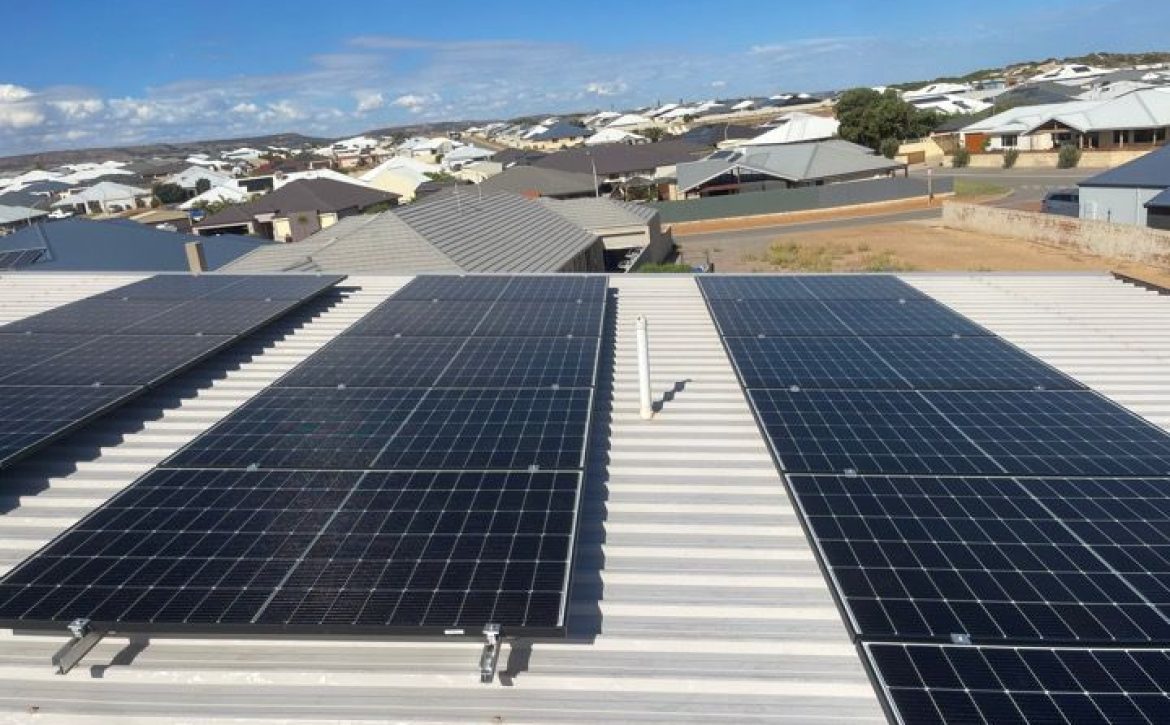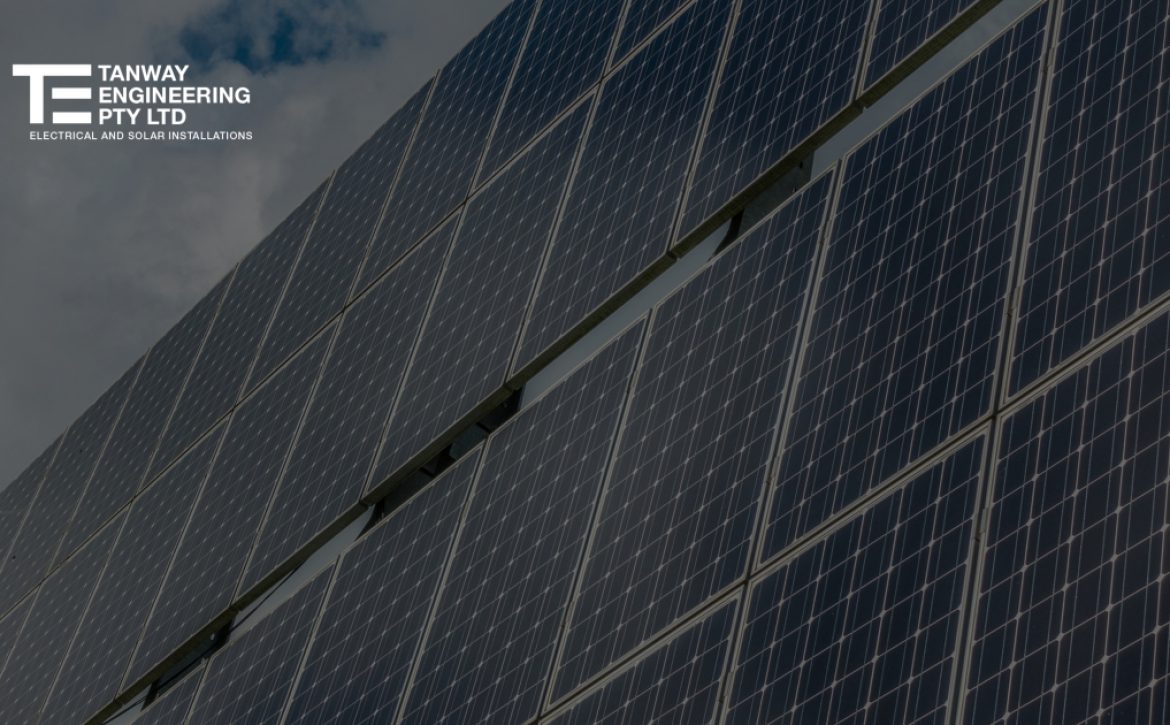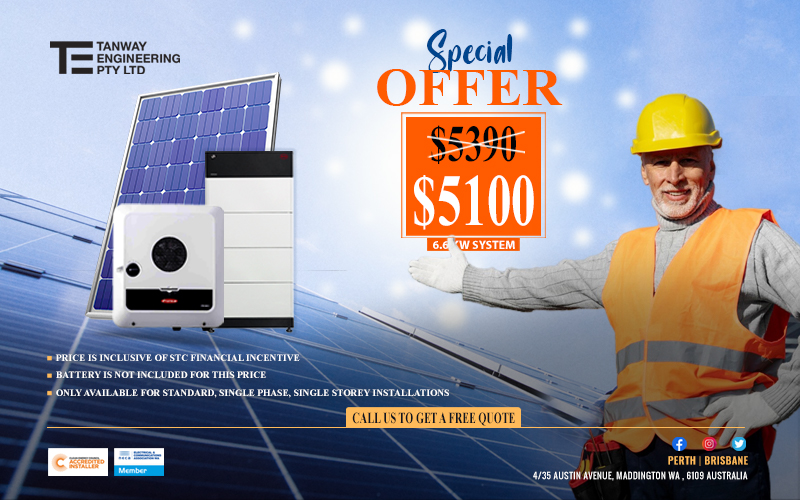The Long-Term Benefits of Commercial Solar Panel Installation for Businesses
In an era where sustainability and energy efficiency are top priorities, many businesses are taking bold steps toward reducing their carbon footprint and cutting energy costs. One of the most effective ways to achieve these goals is by installing commercial solar panels. Beyond the immediate benefits of lower utility bills, the long-term economic and environmental advantages of investing in solar energy are substantial. For businesses, these advantages can translate into improved profitability, enhanced brand reputation and a significant contribution to global environmental goals.
In this blog, we’ll explore the comprehensive long-term benefits of commercial solar panel installation and why it’s an investment worth making.
1. Significant Long-Term Cost Savings
The primary driver for most businesses to adopt solar energy is the potential for substantial cost savings. Commercial buildings often have large roofs or open spaces, providing ideal conditions for installing large solar arrays. While the initial installation cost might seem daunting, solar panels offer long-term savings that far outweigh the upfront expense.
a. Reduced Energy Costs
One of the most immediate and significant financial benefits of installing solar panels is the reduction in energy bills. Commercial properties typically consume large amounts of electricity for lighting, heating, cooling and operating equipment. By harnessing the power of the sun, businesses can generate their own electricity and reduce their reliance on grid-supplied power.
Over time, this reduction in grid energy consumption translates into considerable savings. In fact, many businesses report up to a 75% reduction in their energy bills post-installation. The return on investment (ROI) from solar installations typically ranges between 5 to 8 years, after which the system generates virtually free electricity for the remainder of its lifespan, which often extends over 25 to 30 years.
b. Protection Against Rising Energy Costs
Electricity prices are notorious for fluctuating and, more often than not, rising over time. By generating your own electricity, your business becomes less vulnerable to these unpredictable rate increases. Locking in energy savings through solar installation acts as a hedge against future energy cost hikes, providing long-term financial stability.
c. Tax Incentives and Government Rebates
In many regions, federal, state, and local governments offer attractive tax incentives and rebates for businesses that install solar energy systems. Programs like the U.S. federal Investment Tax Credit (ITC) allow businesses to deduct a significant portion of the installation costs from their taxes, which can reduce the overall expense by up to 30%. Additionally, many states offer performance-based incentives (PBIs) and Solar Renewable Energy Certificates (SRECs), enabling businesses to sell excess solar energy back to the grid or earn credits for producing renewable energy.
2. Increased Property Value
Commercial properties with solar energy systems installed tend to command higher property values. Investors and property buyers are increasingly seeking sustainable buildings and solar panels make commercial properties more attractive due to their potential for reducing operating costs.
According to several studies, properties with solar installations have higher resale values and sell more quickly than those without. This increase in property value not only reflects the energy savings potential but also the commitment to sustainability, which is an important factor for many modern businesses and tenants.
3. Improved Corporate Social Responsibility (CSR)
In today’s business landscape, corporate social responsibility (CSR) is more important than ever. Consumers, investors and stakeholders are placing greater emphasis on environmental and social impacts. Businesses that demonstrate a commitment to sustainability are viewed more favorably, often enjoying enhanced brand loyalty and customer trust.
a. Positive Brand Image
By investing in solar energy, businesses signal that they are serious about reducing their environmental impact and contributing to the fight against climate change. This proactive approach can significantly improve a company’s brand image, positioning it as a leader in sustainability.
For instance, companies like Google, Apple and Walmart have all committed to using renewable energy, including solar power, as part of their broader sustainability goals. These commitments have not only enhanced their reputations but have also attracted environmentally conscious consumers and investors.
b. Attracting Eco-Conscious Investors and Clients
Businesses that prioritize sustainability often attract eco-conscious investors who are keen on supporting environmentally responsible companies. Additionally, customers are increasingly selecting brands that align with their values, meaning that a visible commitment to sustainability can help businesses build stronger relationships with clients and open doors to new market opportunities.
4. Energy Independence and Resilience
Solar energy offers businesses the opportunity to gain greater control over their energy usage and supply. With the growing concerns over the reliability of traditional energy grids, solar installations can help mitigate the risks of power outages and fluctuating energy availability.
a. Energy Security
By generating your own electricity, your business becomes less dependent on external energy suppliers. This energy security is particularly important in regions prone to grid instability or where energy prices are highly volatile. Paired with energy storage solutions like batteries, solar power can provide uninterrupted electricity during peak demand times or power outages.
b. Operational Resilience
For businesses that rely on continuous operation, such as manufacturing plants or data centers, even brief power outages can result in significant financial losses. A solar system combined with energy storage offers backup power, ensuring operations can continue even during blackouts, contributing to long-term business resilience.
5. Environmental Impact and Contribution to Sustainability Goals
Perhaps the most important benefit of commercial solar panel installation is its positive impact on the environment. Transitioning to renewable energy helps businesses reduce their carbon footprint and play a role in combating climate change.
a. Reduction of Greenhouse Gas Emissions
Solar energy is a clean and renewable source of power, meaning it does not produce harmful greenhouse gas emissions. By switching to solar, businesses can significantly reduce their reliance on fossil fuels, which are responsible for the majority of carbon emissions. Over the lifetime of a commercial solar system, the reduction in carbon emissions can be equivalent to planting thousands of trees or removing hundreds of cars from the road.
b. Aligning with Global Sustainability Goals
Many countries and corporations have set ambitious sustainability goals, including achieving carbon neutrality by 2050. By investing in solar energy, businesses can actively contribute to these goals while also meeting their own sustainability objectives. Additionally, many companies now require their suppliers and partners to demonstrate environmental responsibility, making solar energy a competitive advantage when seeking business partnerships.
6. Job Creation and Economic Stimulus
The solar industry is one of the fastest-growing sectors globally, contributing to job creation and economic growth. By investing in solar installations, businesses are supporting this burgeoning industry and helping stimulate local economies. From the manufacturing of solar panels to their installation and ongoing maintenance, solar energy creates jobs across a wide range of sectors, fostering economic development in communities where solar projects are implemented.
Commercial solar panel installation is more than just a trend—it’s a long-term investment in the future of your business and the planet. The financial savings, protection against rising energy costs, increased property value and the positive environmental impact make solar energy an attractive option for businesses of all sizes. Moreover, in a world where consumers and stakeholders are increasingly focused on sustainability, adopting solar power can enhance your corporate image, attract new customers and improve your bottom line.
By investing in solar, your business isn’t just saving money—it’s actively contributing to a cleaner, more sustainable future while positioning itself as a forward-thinking leader in its industry. Whether you’re looking to improve your bottom line, reduce your environmental footprint or enhance your corporate image, the long-term benefits of solar energy make it a wise decision for any commercial enterprise.





